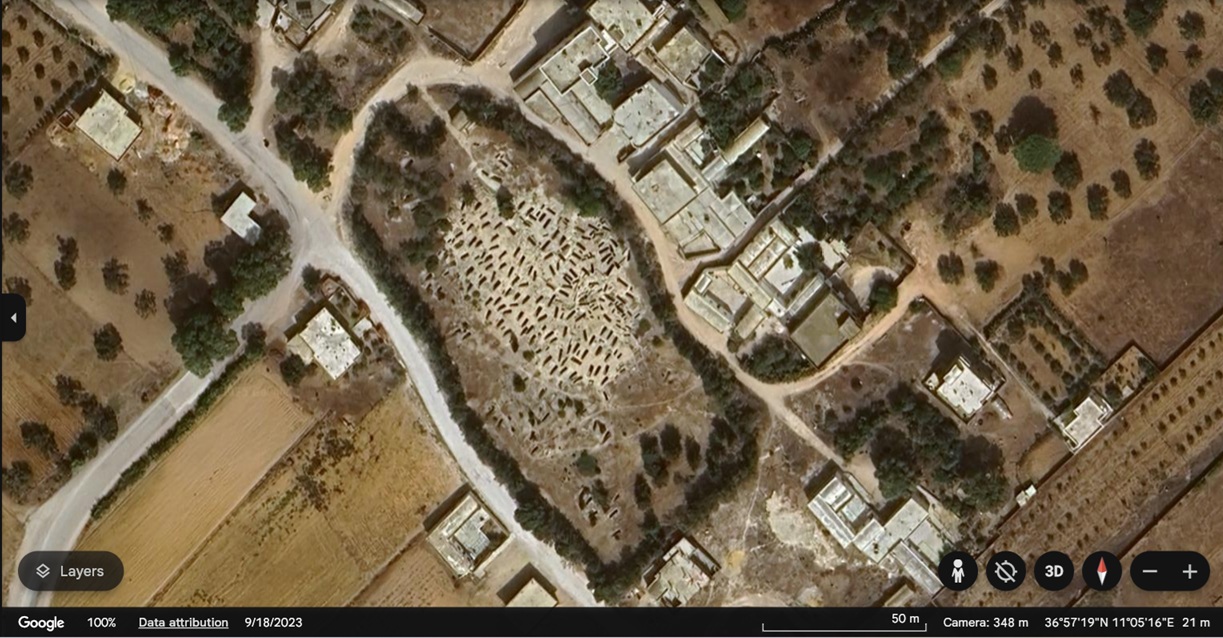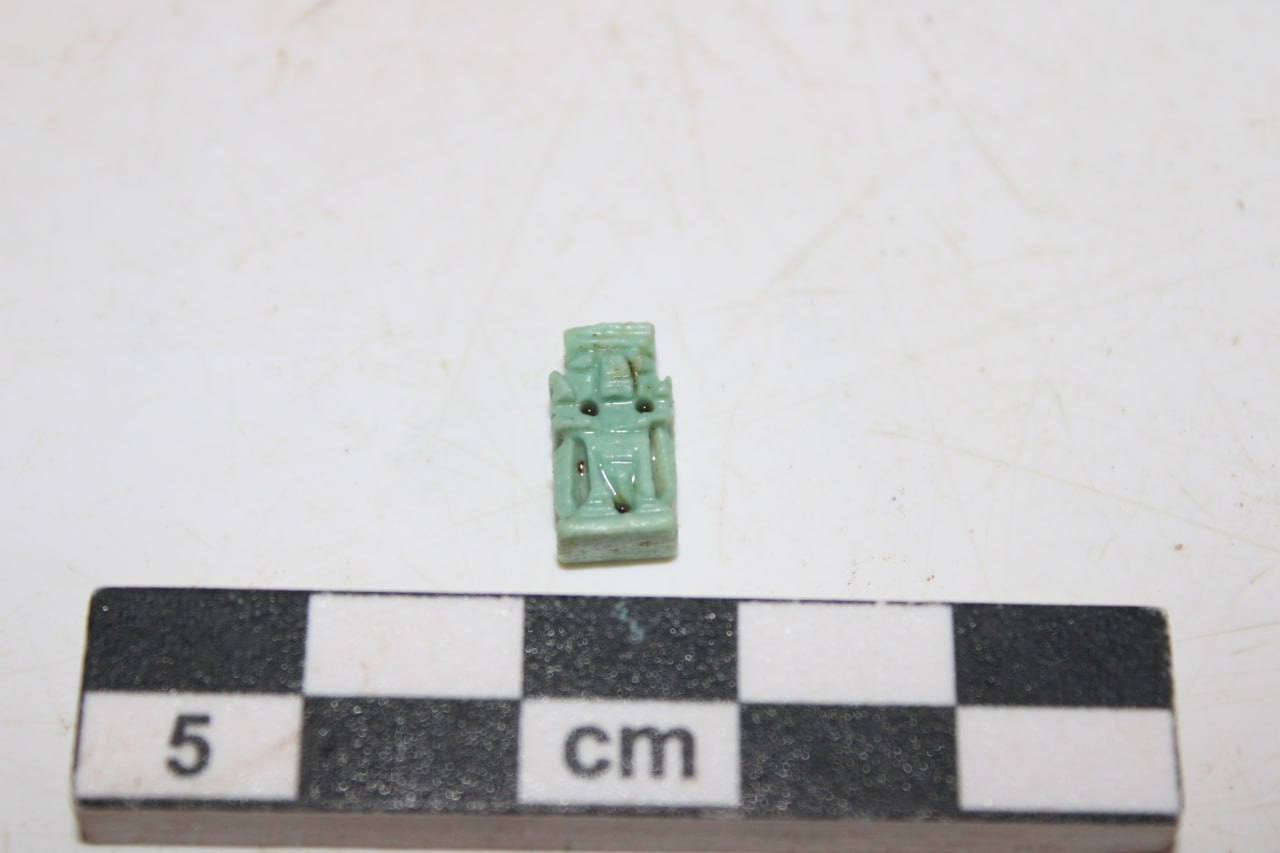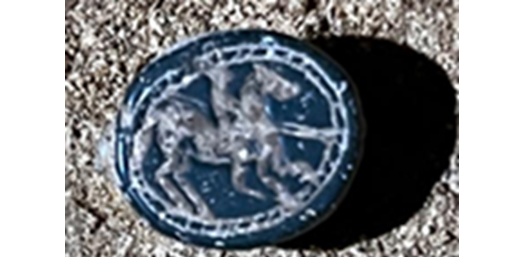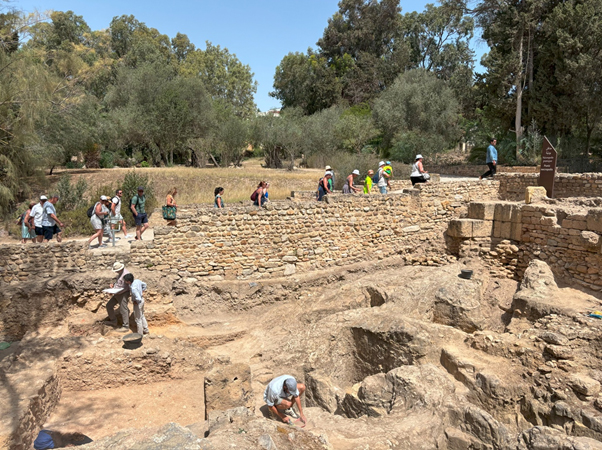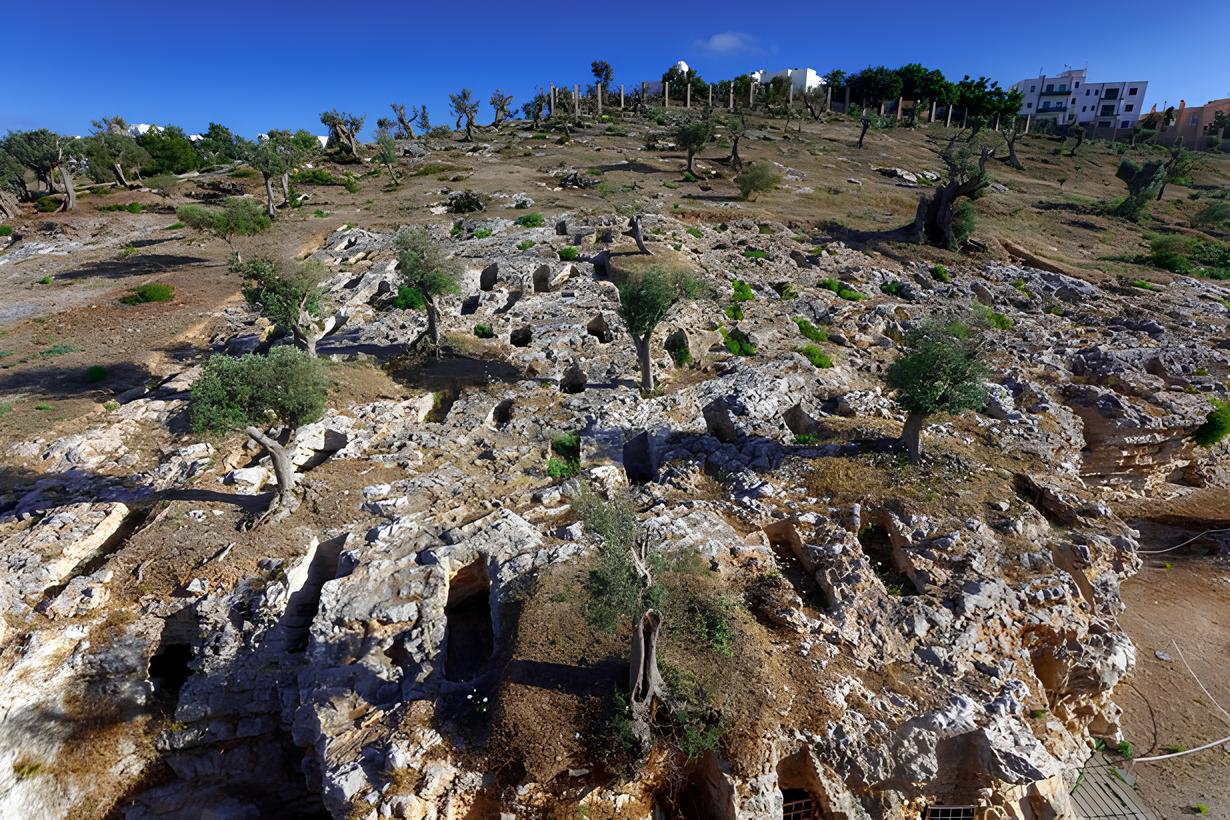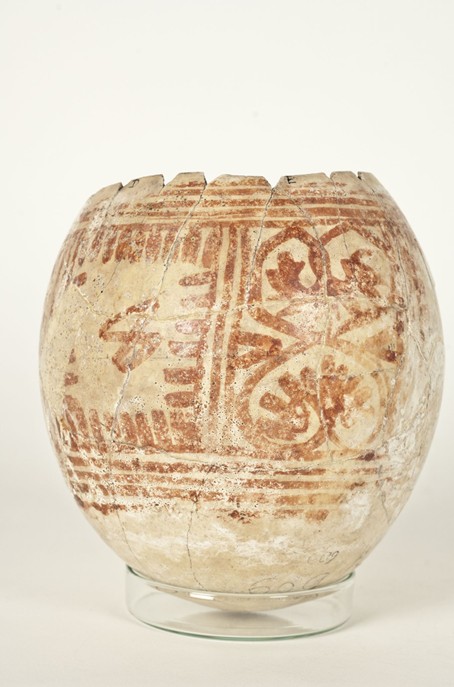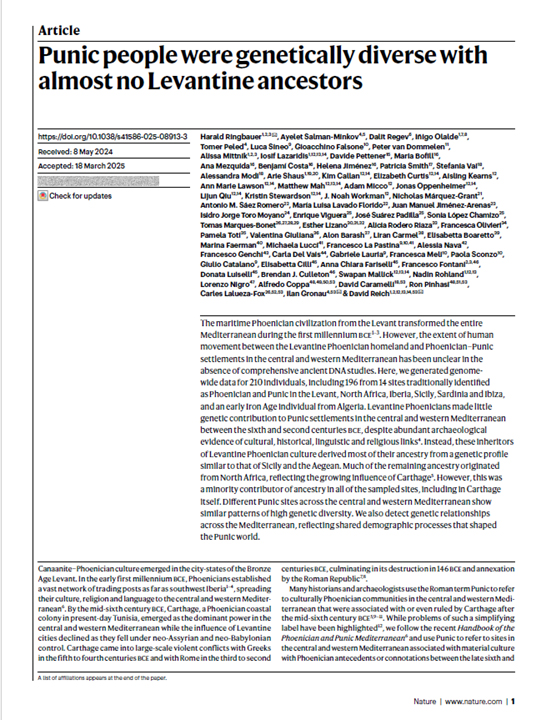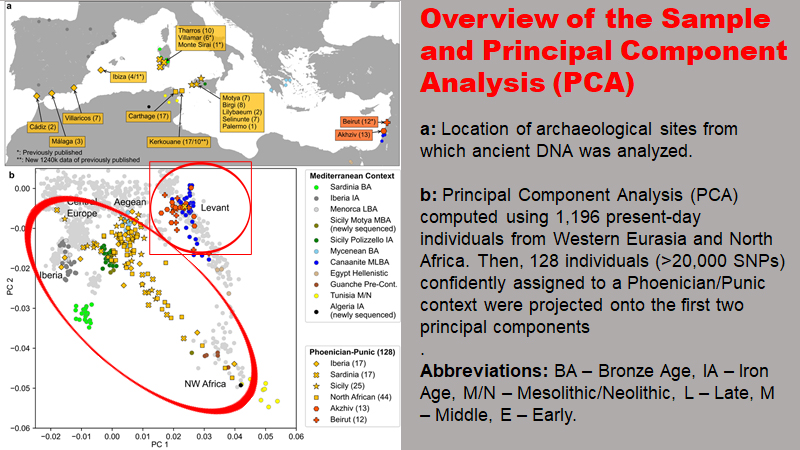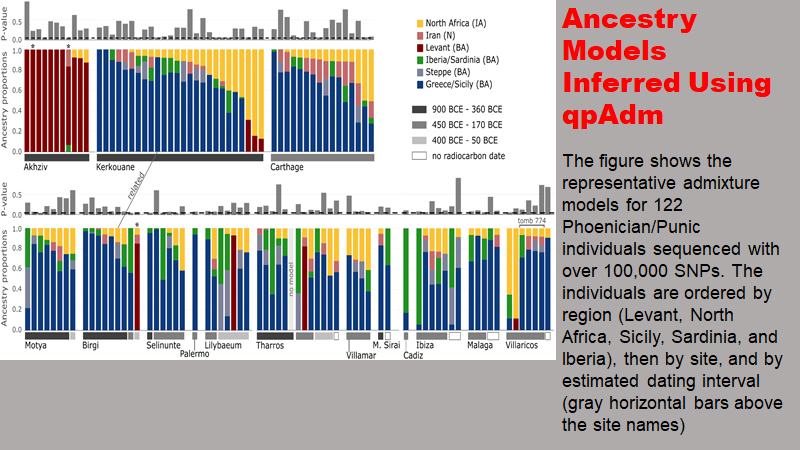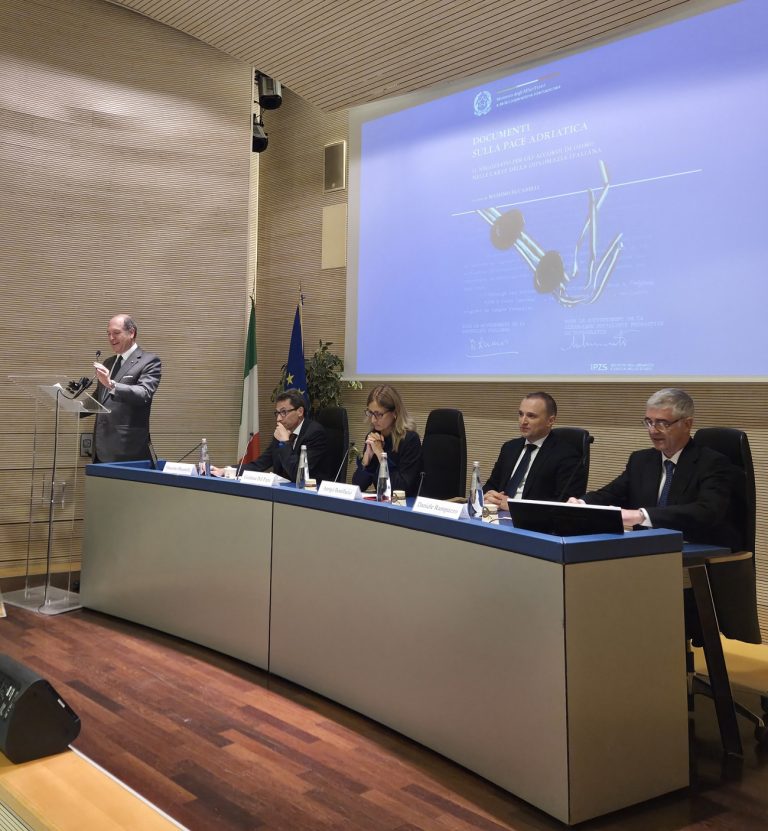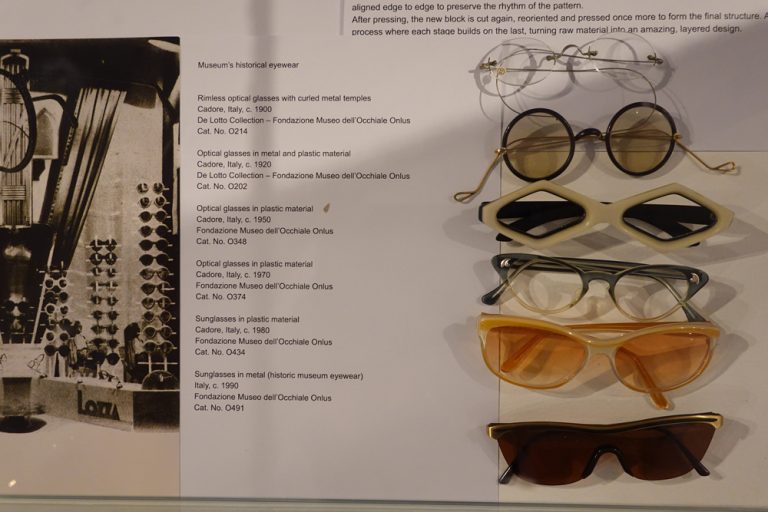THE PUBLICATION
MAECI’s Contribution to This Research
A new study published in Nature reveals surprising discoveries about one of the most influential maritime cultures in history: the Phoenician-Punic civilization of the Mediterranean. Ancient DNA analysis challenges traditional historical reconstructions of this civilization. An international team of researchers analyzed genomic data from 210 ancient individuals, including 128 Phoenician/Punic individuals, and found that Phoenician cities of the Levant contributed only minimally to the genetic makeup of Punic populations in the central and western Mediterranean, despite deep cultural, economic, and linguistic ties.
Two missions from the University of Rome SAPIENZA and UNITELMA, funded by the Ministry of Foreign Affairs and International Cooperation, played a key role in this research: one led by Prof. Alfredo Coppa, titled “Mobility, genetic, social and cultural changes in Phoenician-Punic populations of the Cap Bon Peninsula, Tunisia,” and the other by Prof. Lorenzo Nigro, titled “Carthage: The City and Its Necropolises – Research, Training, and Heritage Enhancement.”
THE PHOENICIANS AND THE PUNICS
The Phoenicians and Their Most Important Colony: Carthage
Phoenician culture emerged in the city-states of the Levant during the Bronze Age and introduced the first alphabet. In the first millennium BCE, the Phoenicians established a maritime trade network stretching as far as Spain, spreading their culture across the Mediterranean. In the 6th century BCE, Carthage—a Phoenician colony in present-day Tunisia—rose to dominate the central Mediterranean. The communities under its rule were later called “Punic” by the Romans.
ANCIENT DNA STUDY
A Genomic Study Across Mediterranean Populations
The research analyzed ancient DNA from human remains at 14 Phoenician and Punic archaeological sites across the Levant, North Africa, Iberia, Sicily, Sardinia, and Ibiza. The results revealed only a limited genetic contribution from the Levant to Punic populations, suggesting that the spread of Phoenician culture was driven more by cultural assimilation than by large-scale migrations.
Punic sites, including Carthage, were inhabited by genetically diverse people, mainly of Sicilian, Aegean, and North African origin, reflecting a cosmopolitan society shaped by trade, intermarriage, and demographic exchange. Researchers even identified a pair of close relatives (likely second cousins) buried in Kerkouane (North Africa) and Birgi (Sicily).
THE PUNICS: A COSMOPOLITAN MEDITERRANEAN SOCIETY
Origins in Sicily and the Aegean, Some from North Africa, Little from the Levant
The findings reinforce the idea that Mediterranean societies were deeply interconnected, with people moving and mixing across vast distances. This study demonstrates the power of ancient DNA to clarify the ancestry and mobility of historical populations for whom direct records are scarce. By integrating genetic, historical, and cultural data, the research sheds new light on processes of acculturation and hybridization, highlighting the ancient ability to form multicultural communities and revaluing the crucial role of central Mediterranean indigenous cultures in shaping the Punic—and later Roman—world that Rome inherited from Carthage.

